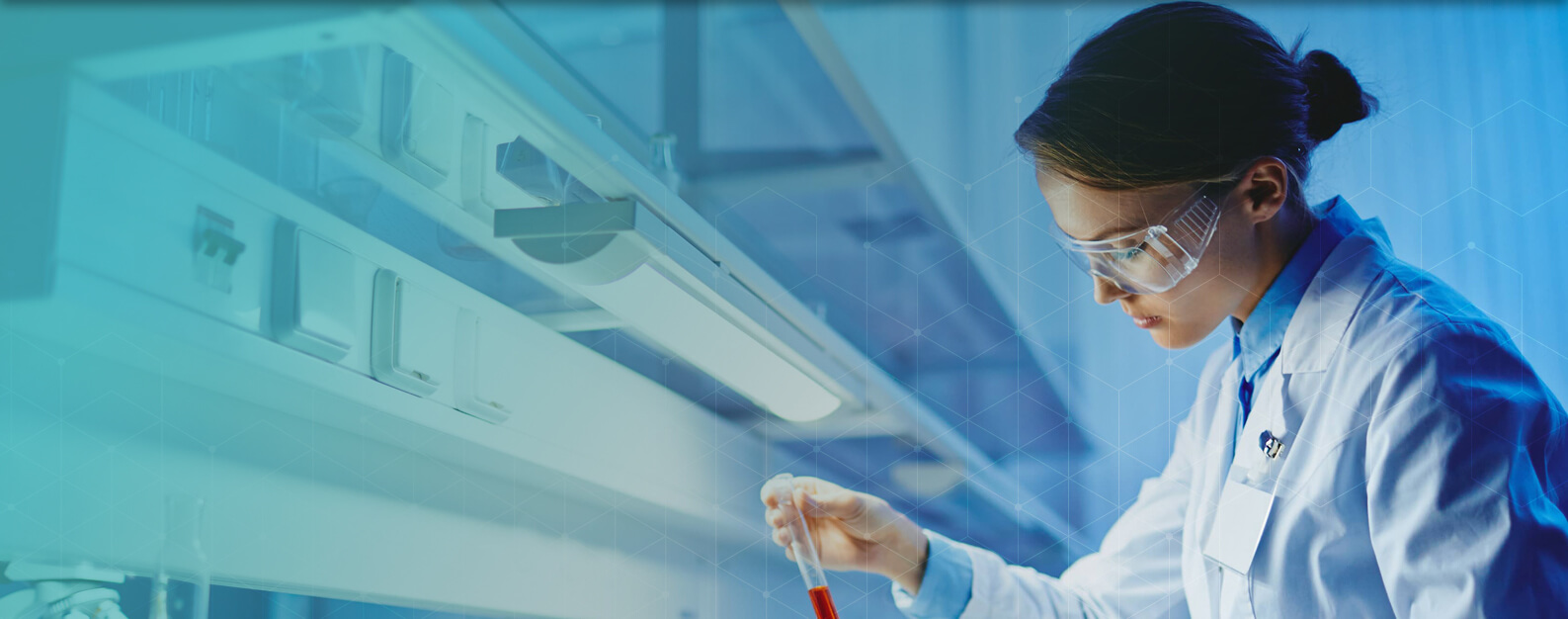The LAL Method: First Steps and at Present
In the 1950’s, the first studies to determine bacterial endotoxins using the LAL method began to appear after researchers headed by Frederick Bang in the Marine Biological Laboratory, Woods Hole, Massachusetts (USA).
Bang discovered that the blue-colored blood (or hemolymph) of the Atlantic Horseshoe crab (Limulus polyphemus), coagulated when exposed to Gram-negative bacteria, provoking a peculiar reaction.
First Studies with Limulus
Levin and Bang discovered that the coagulation phenomenon of the Limulus blood was due to its enzymatic nature, with the presence of these enzymes in the Limulus amebocyte granules, corresponding with the presence of coagulation molecules. They demonstrated that coagulation is initiated by a structural component which is exclusive to Gram-negative bacteria, known as lipopolysaccharides.
Basis for LAL Method
These days it is accepted that the coagulation phenomenon of the Limulus blood is not an isolated reaction, but a cascade of enzymatic activation steps which end with excision of the protein, leaving an insoluble product that combines via an ionic interaction. If sufficient quantities of this coagulate are found, turbidity appears, followed by the formation of a clot with the consistency of gel. From this the fundamentals appeared which gave rise to the method to detect the presence of these bacterial endotoxins, better known as the Limulus amebocyte lysate test (LAL) or endotoxin detection test (BET).
The Limulus Amebocyte Lysate and the FDA
The LAL method (Limulus amebocyte lysate) was officially accepted by the FDA (U.S. Food and Drug Administration) in the 1970s and has remained until now as the official basis for endotoxin testing across the globe. In fact, the US Pharmacopeial Convention (USP) establishes the quantification of pyrogens or lipopolysaccharides for more than 90% of parenteral-use drugs via this method.
The Role of the Pharmaceutical Industry
Generally speaking, the pharmaceutical industry demands tests which should be characterized as being fast, reproducible, simple, but above all trustworthy. The determination of bacterial endotoxins is no exception, and thus the incessant search to find new ways to determine their presence, and to achieve high quality, as well as, meet cGMP regulations in pharmaceutical, biotechnological and food products, has continued as an open field of research and development.
Methods for Detecting Endotoxins
Various methods have now been developed to detect endotoxins in samples beginning with the “Gel Clot” method, which is a qualitative test for endotoxin analysis.
When a quantitative study is needed to detect the presence of bacterial endotoxins, the Kinetic Turbidimetric Assay method (KTA) is used, which is the most sensitive of the LAL tests, having a sensitivity as low as 0.01 UE/ml. In this test the activation response is directly proportional to the concentration of endotoxins in the sample and measured via a Spectrophotometer.
From the Kinetic Turbidimetric Assay (KTA), the Colorimetric (or Chromogenic) method has emerged in which chromogenic substances are placed in a reader with an incubator and the development of the color yellow is monitored over time. Nevertheless some authors have stated that this method is cumbersome and takes more time than the previous methods. Other methods such as chromatographs (HPLC) and electrophoresis (SDS-Page) have also been shown to be cumbersome, slow and do not exceed the advantages of LAL.
A more recent method, using ELISA (Enzyme-Linked Immunosorbent Assay) is based on determining the residual concentration of coagulates which have not reacted with the lipopolysaccharides present. From this it has been discovered that the use of monoclonal antibodies is necessary, which is highly costly although it does have the advantage of needing only a small volume of sample.
As a result, the Kinetic Turbidimetric method (KTA) remains one of the most popular and trustworthy LAL assays on the market to determine the presence of endotoxin; however new challenges, as always exist in science, have impeded its further development. Currently there exists a growing desire to apply nanotechnology to medical sciences, in particular in the treatment of cancer; however researchers have discovered that some nanoparticles are contaminated with lipopolysaccharides. Unfortunately, the detection of bacterial endotoxins with LAL has shown to give false positives with some nanoparticle systems, which becomes clear when using the RPT (Rabbit Pyrogen test).
This and other challenges are present in this exciting topic!
LAL REAGENTS FOR DETECTING ENDOTOXINS:
 |
 |
 |
| Kit of 100 PYROSTAR™ ES-F (2.ml) | Toxinometer ET-6000 Series | Lysate Reagent Water |



